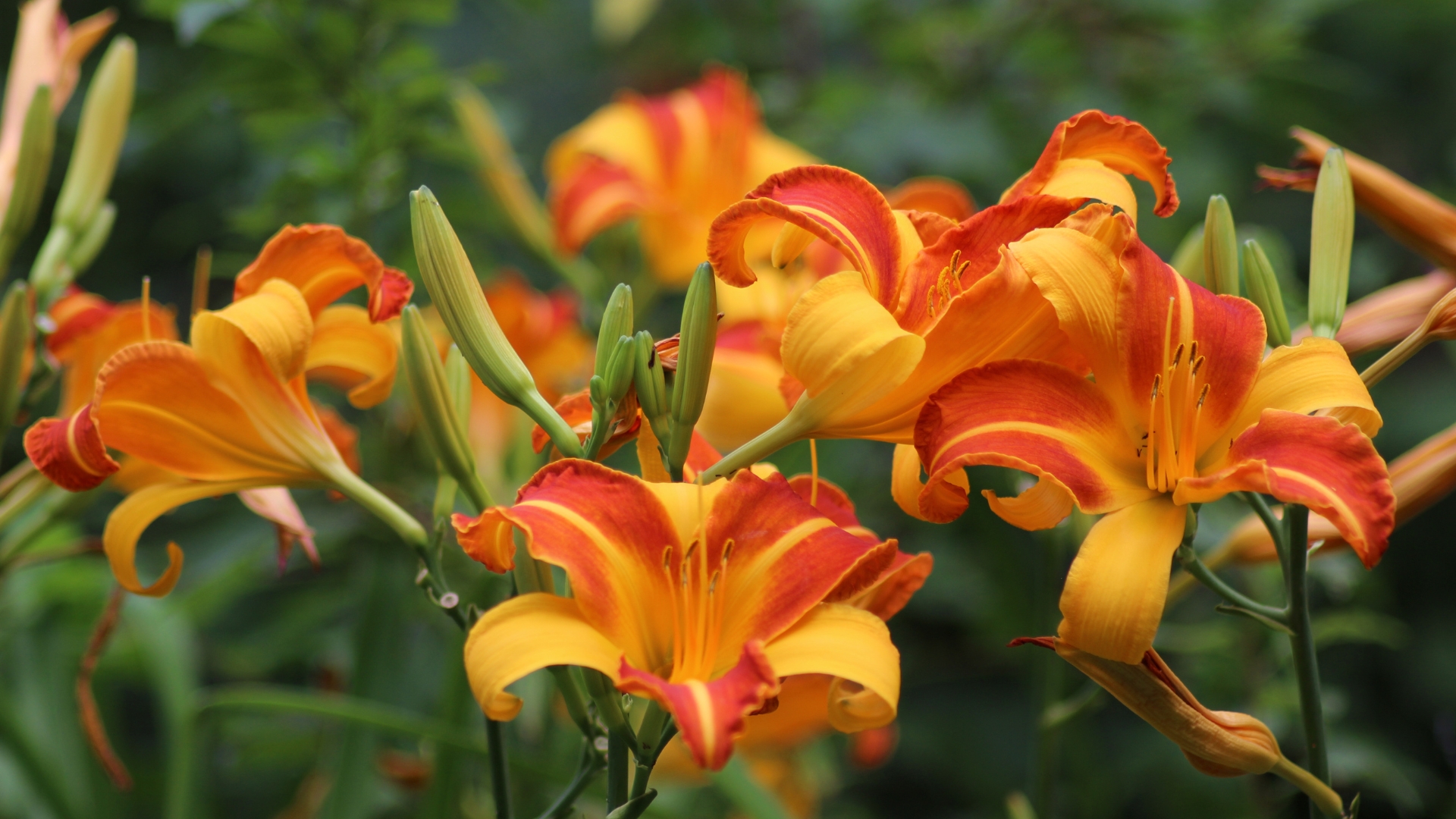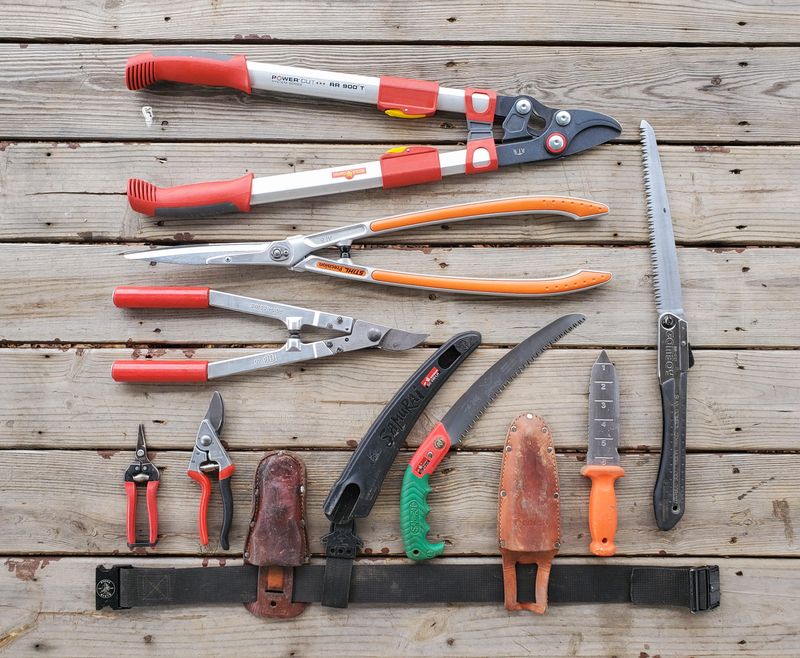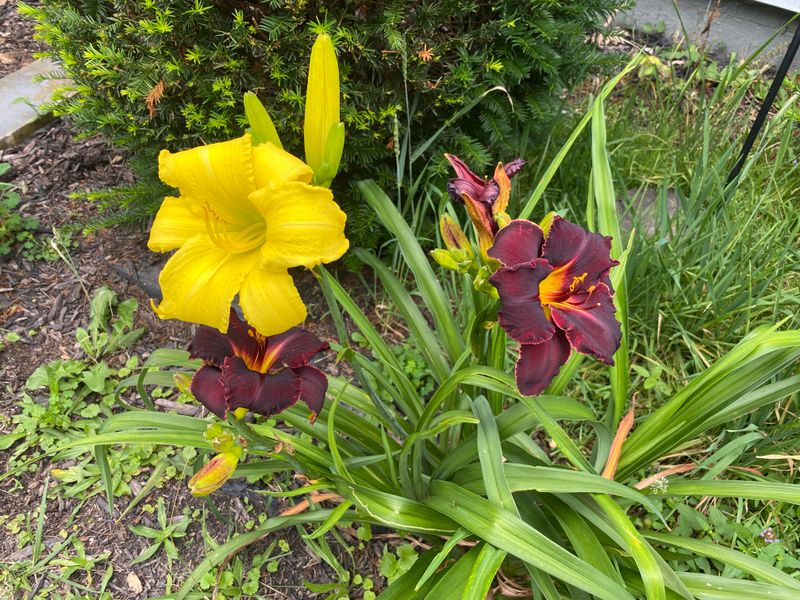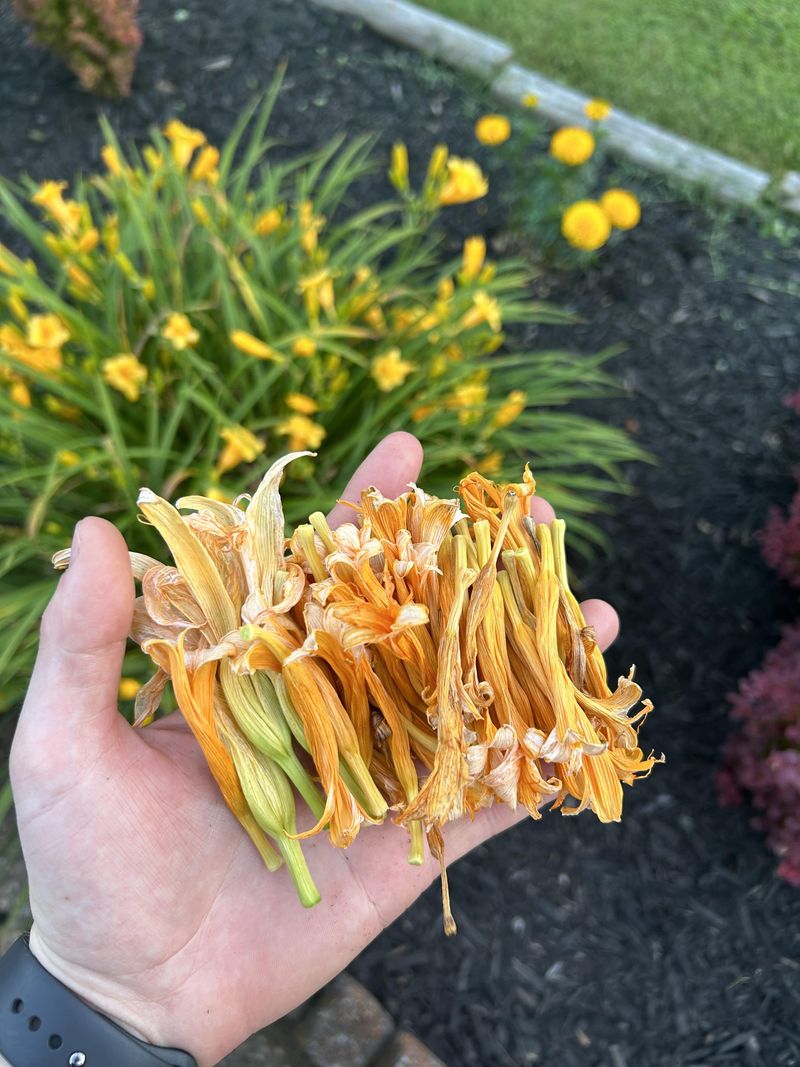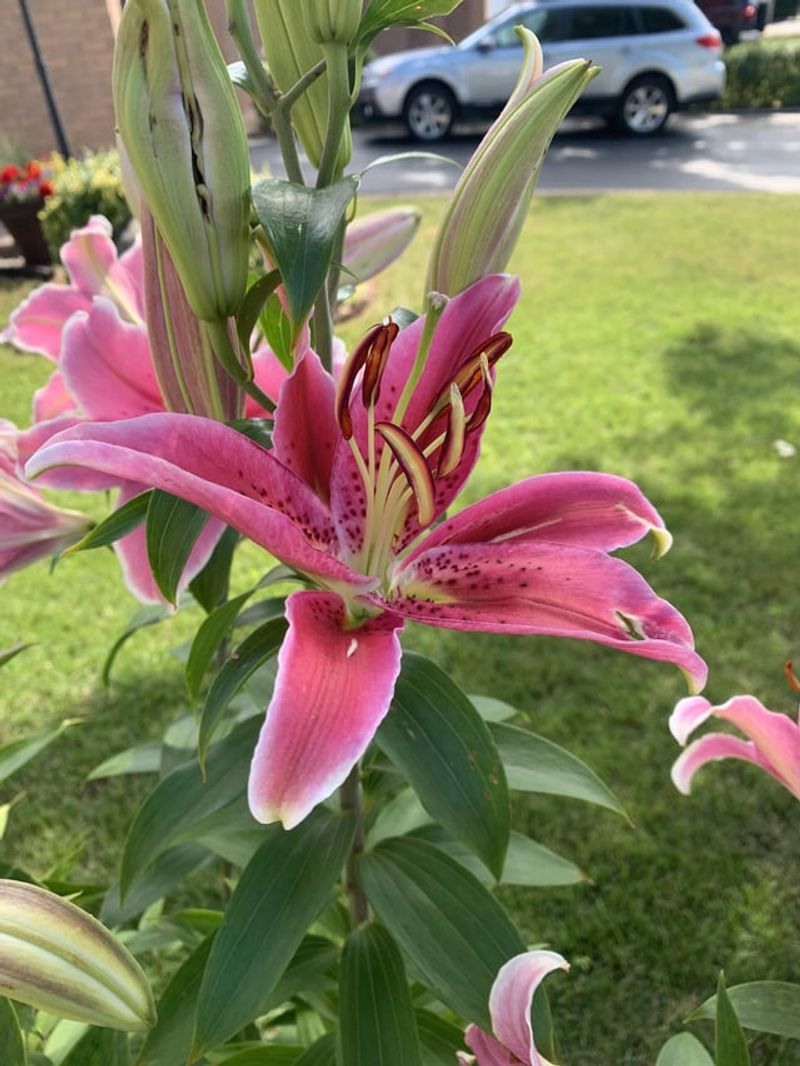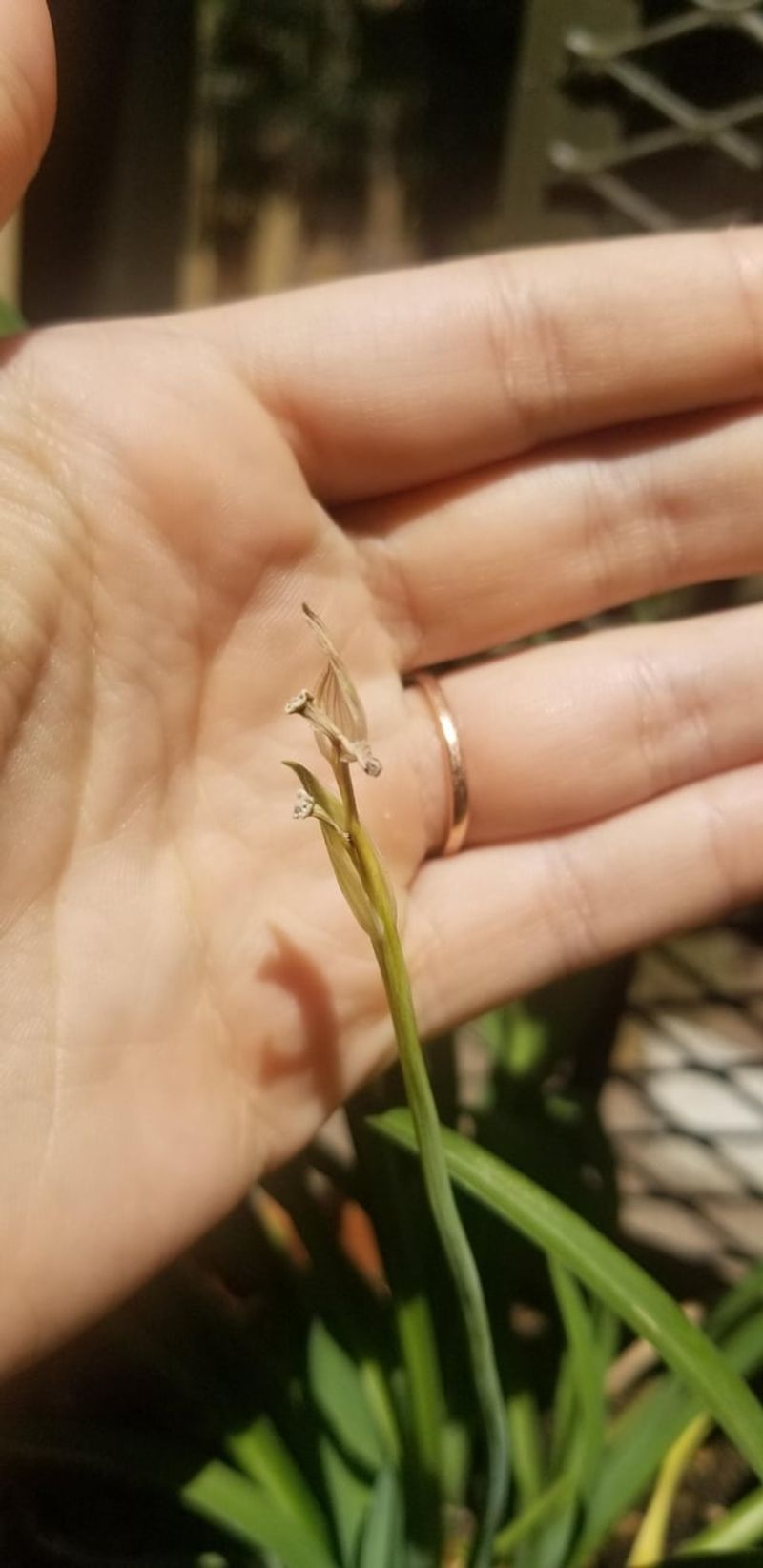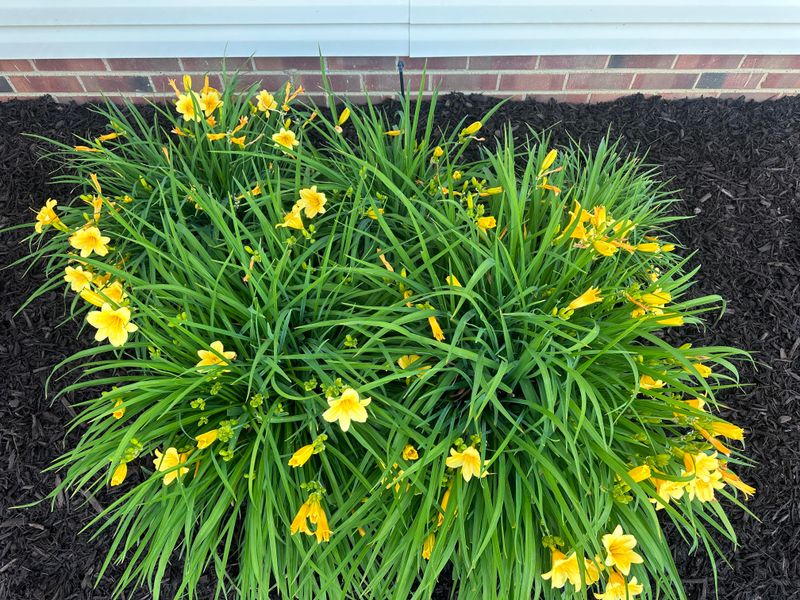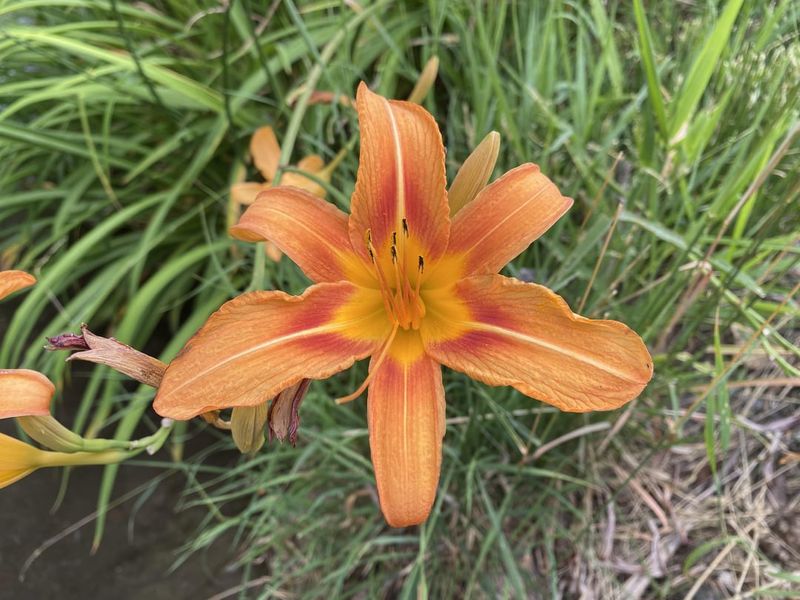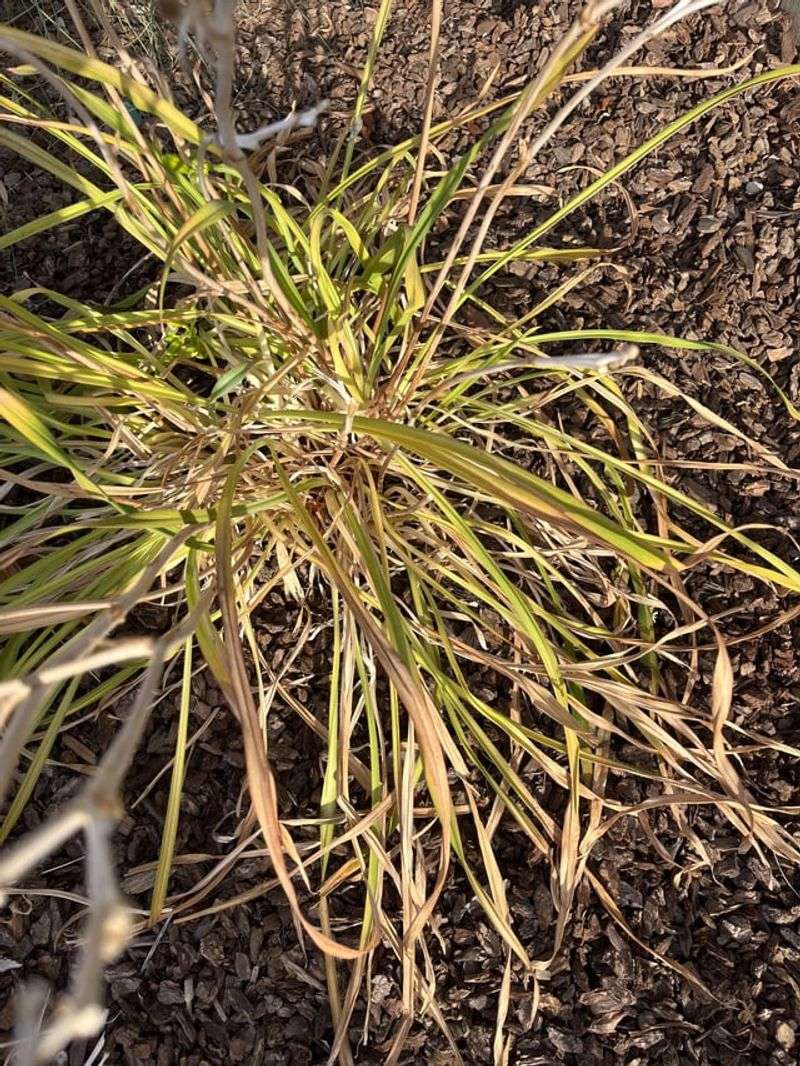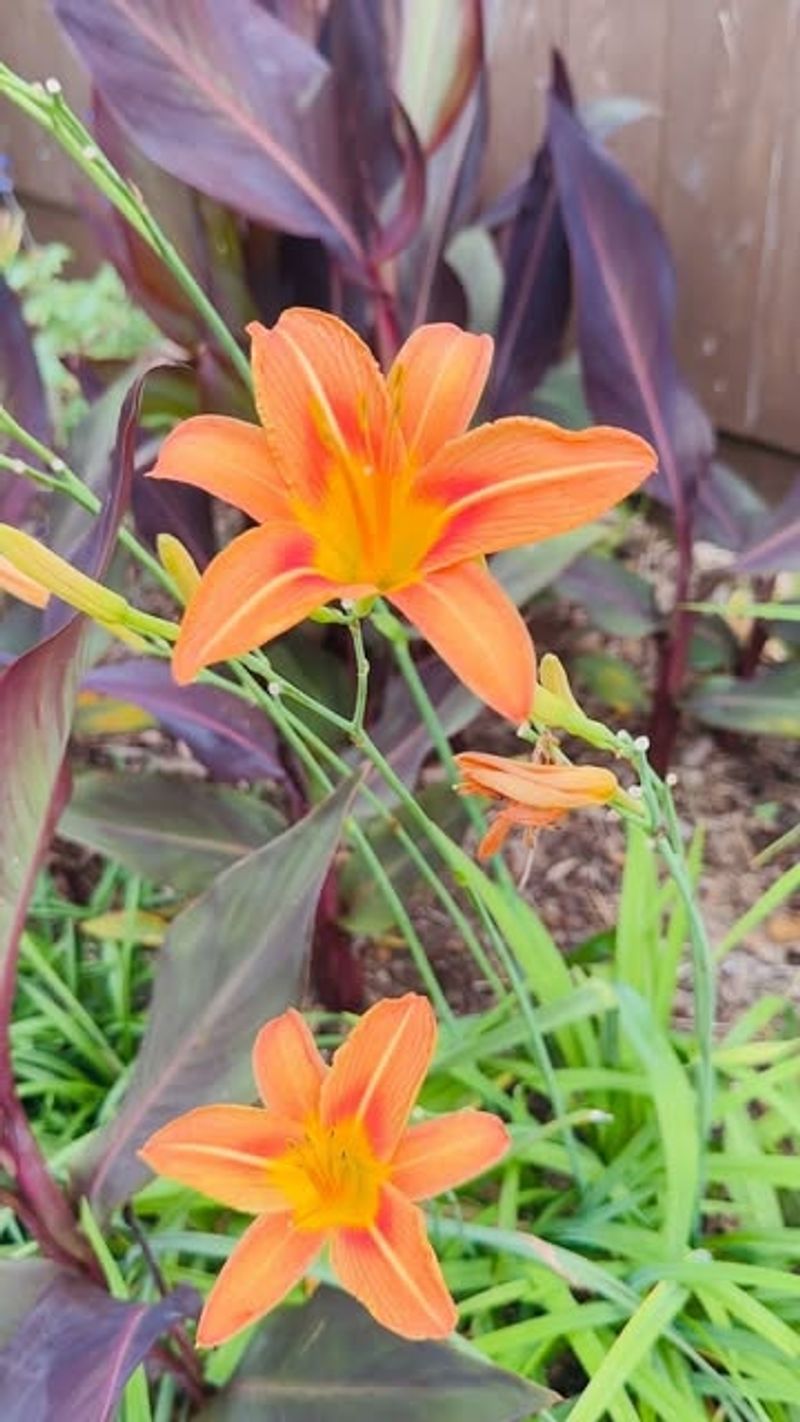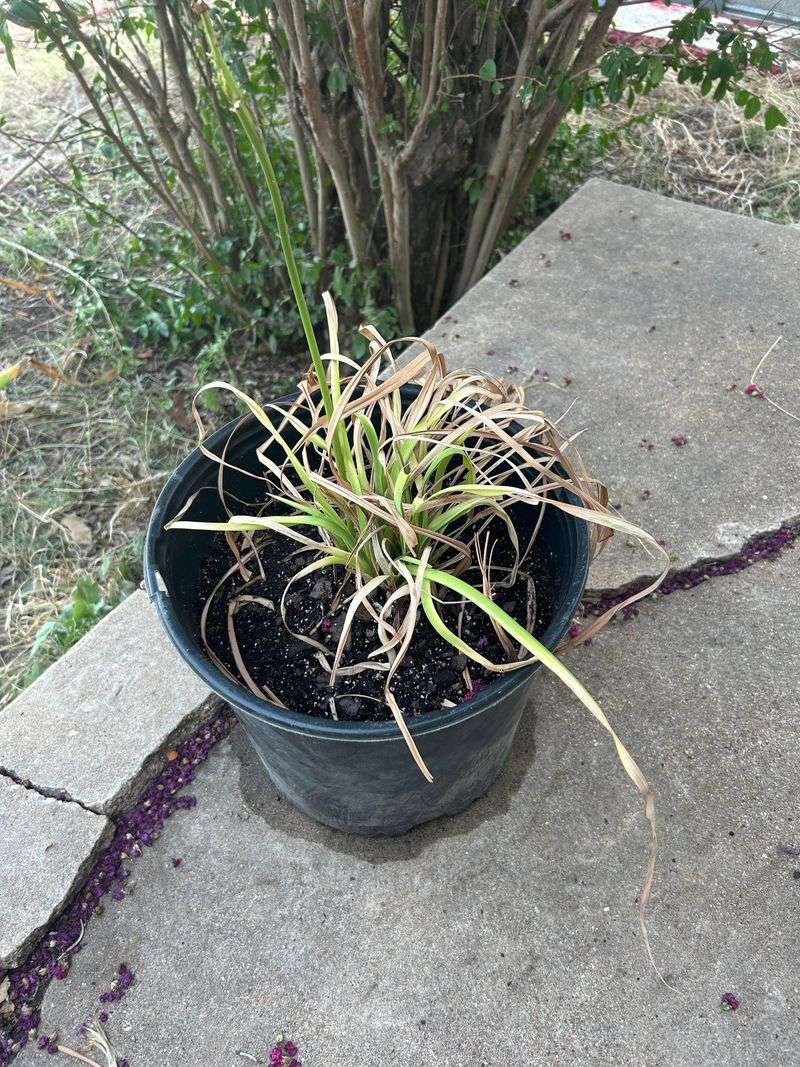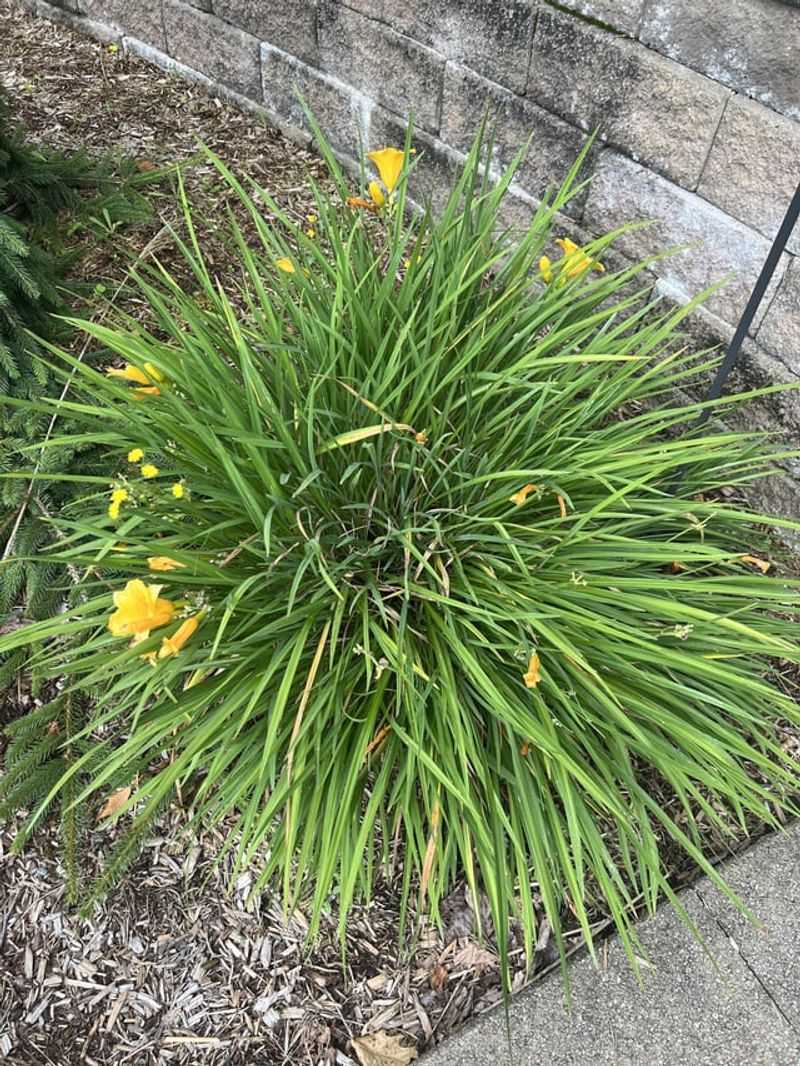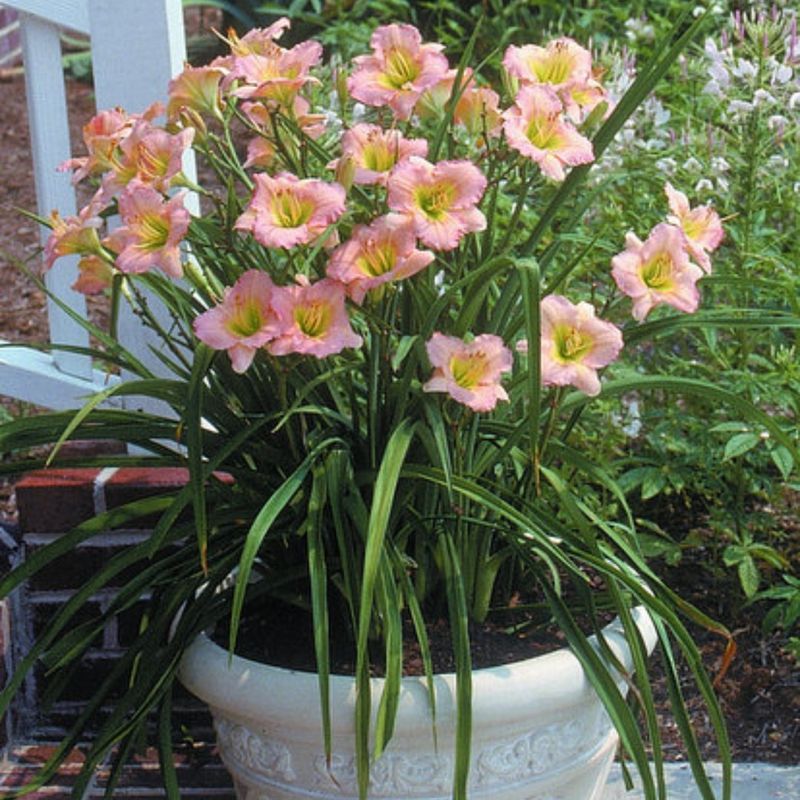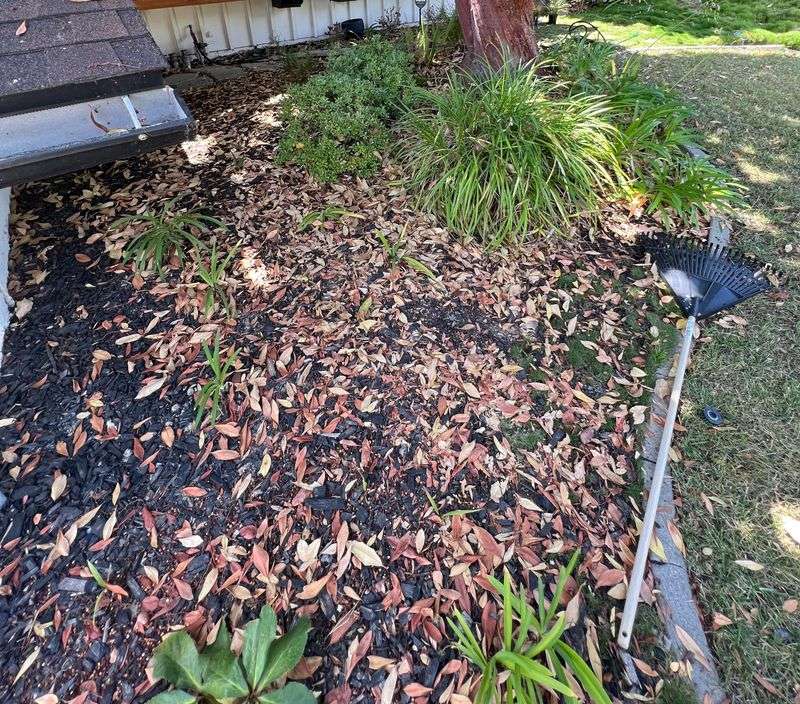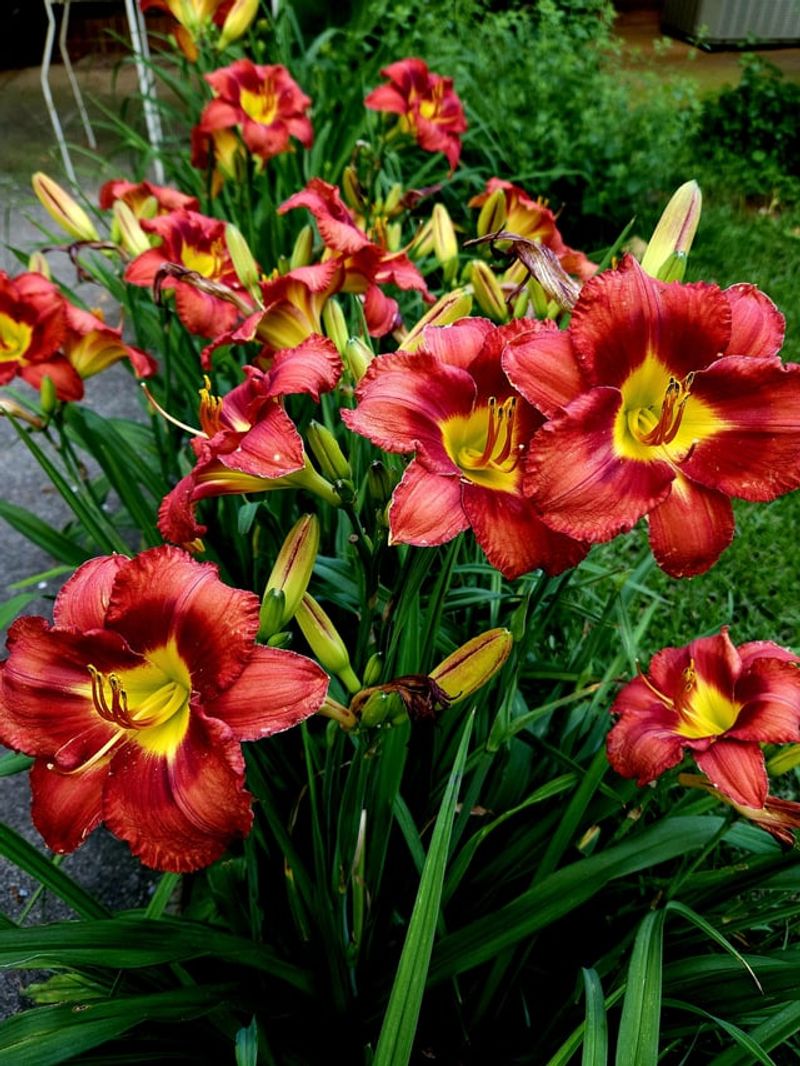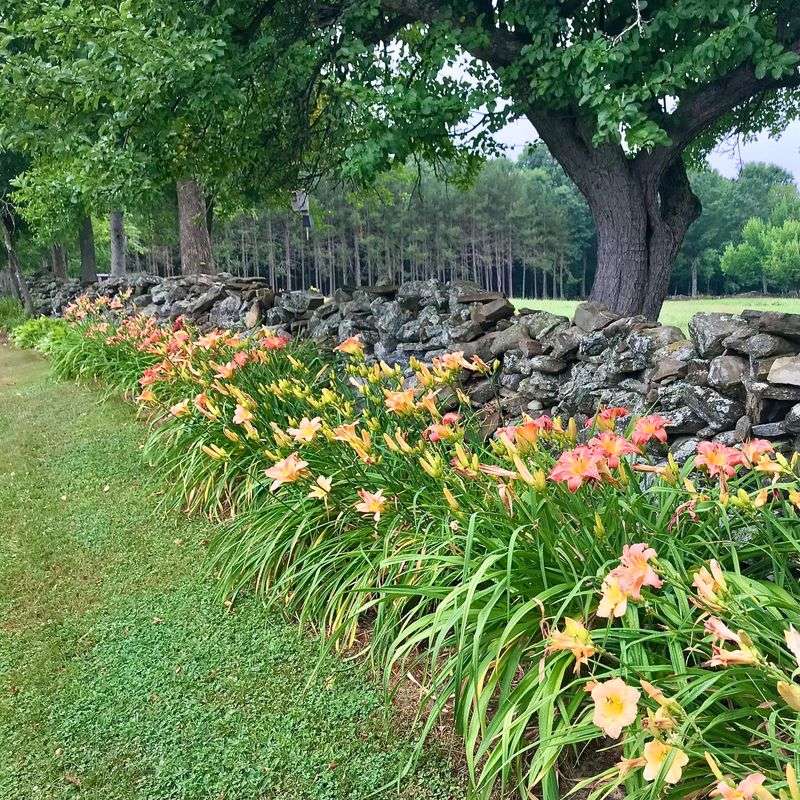Deadheading daylilies is one of those easy garden habits that pays off big time. I started doing it a couple of seasons ago and noticed way more blooms popping up all summer long.
It’s pretty satisfying to keep those flowers looking fresh and vibrant with just a few quick snips. Plus, it helps the plant put its energy where it counts—right into new buds.
With these simple steps, your daylilies will keep shining season after season.
1. Gather the Right Tools
Sharp garden scissors or pruning shears will make deadheading a breeze. Clean tools prevent disease transmission between plants and ensure clean cuts that heal quickly.
Consider wearing gardening gloves to protect your hands from potential irritation. Some people develop skin sensitivity from daylily sap, so it’s better to be safe than sorry.
2. Identify Spent Blooms
Look for flowers that have finished their show – they’ll appear wilted, discolored, and droopy compared to fresh blooms. Morning is the perfect time to spot yesterday’s spent flowers clearly.
Fresh blooms feel firm and vibrant, while spent ones feel papery and limp to the touch. With a little practice, you’ll quickly learn to spot the difference at a glance.
3. Master the Right Technique
Grasp the spent flower gently between your thumb and forefinger, tracing down to where it connects to the stem. Follow the flower stalk down to its base where it meets the main stem.
Make your cut at this junction point rather than just removing the flower head. This clean cut prevents energy waste and looks tidier than leaving stem stubs behind.
4. Remove Developing Seed Pods
Seed pods look like small green bulbs that form at the base of spent flowers. They contain the plant’s future seeds but drain significant energy that could go toward making more blooms.
Snip these pods off promptly after they begin forming. The sooner you remove them, the more energy your daylily can redirect toward creating gorgeous new flowers.
5. Create a Deadheading Schedule
Consistency is key for maximum blooms! Plan to check your daylilies every morning during flowering season. This daily routine takes just minutes but yields impressive results.
Weekend gardeners can still benefit from deadheading twice weekly. Even less frequent deadheading is better than none at all – your plants will reward whatever attention you can provide.
6. Tackle Entire Stalks
Once all buds on a flowering stalk have bloomed and been deadheaded, remove the entire stalk. These spent stalks serve no purpose and can make your garden look untidy.
Cut spent stalks at the base where they emerge from the fan of leaves. This clean-up encourages the plant to produce new flowering stalks rather than supporting old ones.
7. Stay Hydrated While Working
Deadheading in summer heat requires proper hydration for both you and your plants. Bring a water bottle and work during cooler morning hours to avoid heat stress.
Give your daylilies a good drink after deadheading, especially during hot weather. Well-hydrated plants recover more quickly from pruning and produce more abundant blooms.
8. Monitor for Diseases
Deadheading sessions provide perfect opportunities to inspect your plants for problems. Look for spots, streaks, or unusual discoloration that might indicate disease issues.
Remove and dispose of any diseased foliage immediately rather than composting it. This vigilance prevents problems from spreading throughout your daylily collection and keeps plants blooming their best.
9. Track Bloom Performance
Keep a simple garden journal noting which daylily varieties bloom longest or rebloom most reliably. This information helps you select the best performers for future garden planning.
Note which plants respond most dramatically to deadheading. Some varieties show much stronger reblooming tendencies than others when properly deadheaded, making them worth the extra attention.
10. Apply Light Fertilizer
A gentle fertilizer application after the first heavy bloom cycle helps fuel continued flowering. Choose a balanced, slow-release formula rather than high-nitrogen products that promote foliage over flowers.
Water thoroughly after fertilizing to help nutrients reach the root zone. This mid-season boost provides just enough energy for reblooming varieties to produce their second show of flowers.
11. Practice Selective Deadheading
Focus your efforts on reblooming varieties that will reward your work with additional flowers. Some older daylily types bloom only once regardless of deadheading, making them lower priority.
Modern repeat bloomers and extended bloomers benefit most from regular deadheading. Check plant tags or notes to identify your most responsive varieties.
12. Collect Seeds Strategically
If you’re interested in growing new daylilies, leave a few seed pods to mature on your favorite varieties. Select only exceptional plants with desirable traits for seed collection.
Mark seed-producing stalks with bright yarn or plant markers so you don’t accidentally remove them. Remember that seedlings won’t be identical to parent plants but will create unique new varieties.
13. Clean Up Fallen Debris
Spent flowers that fall into daylily foliage can cause rot or attract pests. Take a moment to remove these fallen blooms from the crown of the plant.
Gently shake or brush leaf fans occasionally to dislodge trapped flower remains. This simple step improves air circulation and prevents the humid conditions that fungal problems thrive in.
14. Know When to Stop
Late in the season, usually mid to late August, it’s time to let your daylilies prepare for winter. Stop deadheading about 6-8 weeks before your first expected frost date.
This break allows plants to naturally wind down their flowering cycle and begin storing energy in their roots. The plant needs this transition time to prepare for successful winter dormancy.
15. Plan Next Year’s Display
While deadheading, make mental notes about garden layout improvements for next season. Perhaps certain varieties need dividing or relocating for better display impact.
Consider adding new daylily varieties that bloom at different times than your existing collection. Strategic planning extends your overall bloom season and ensures continuous color throughout summer.

